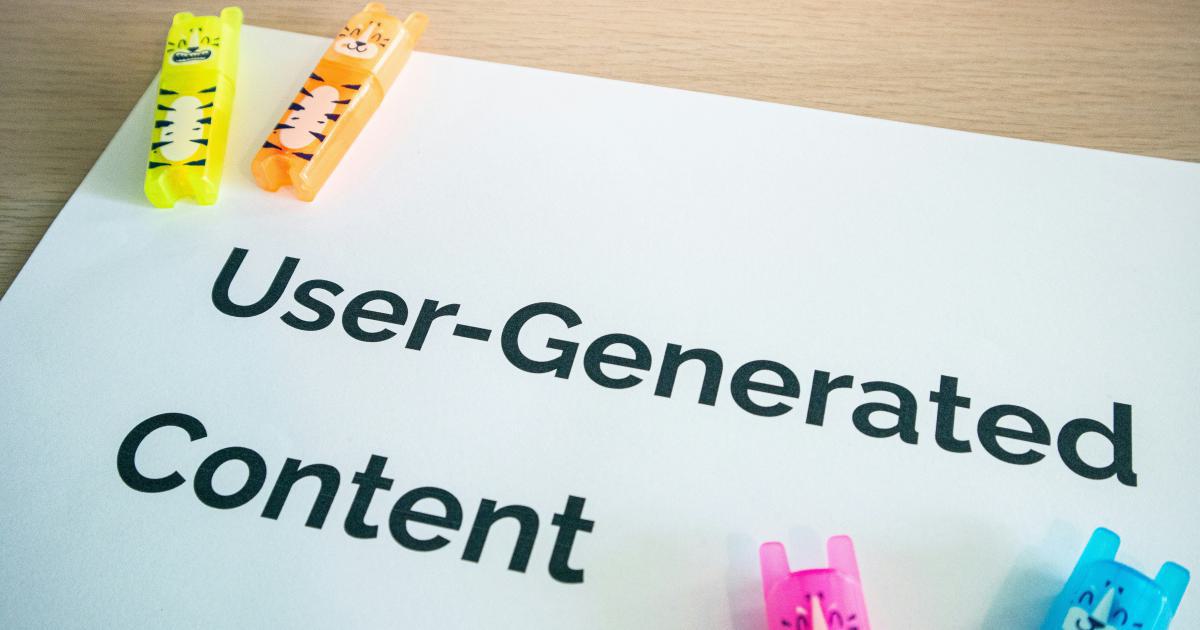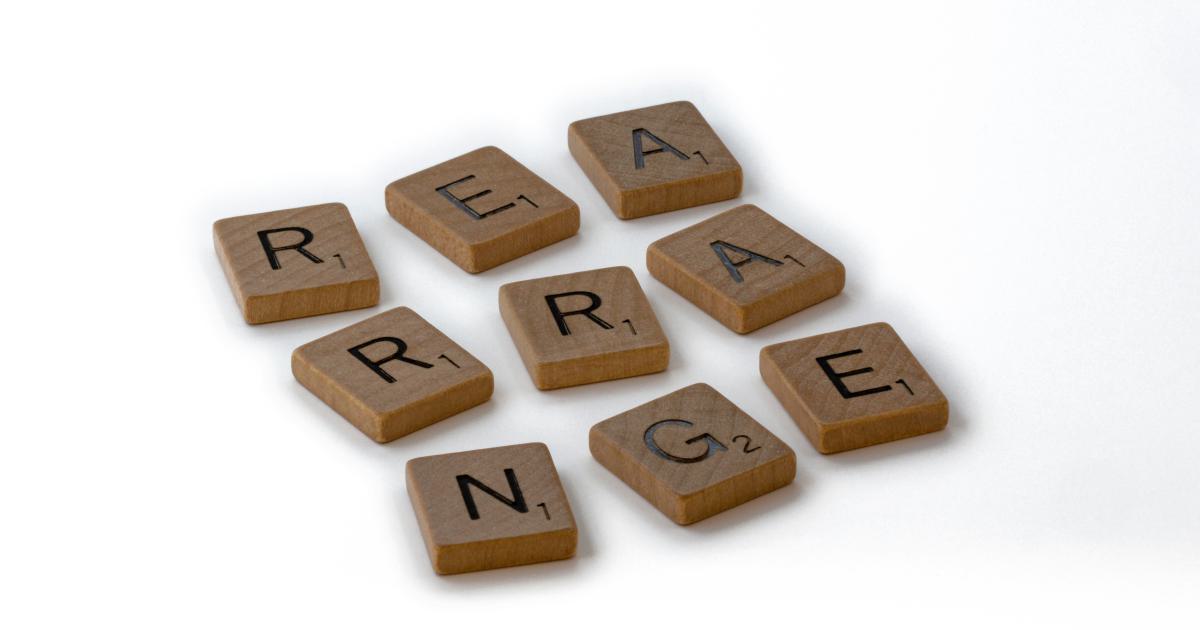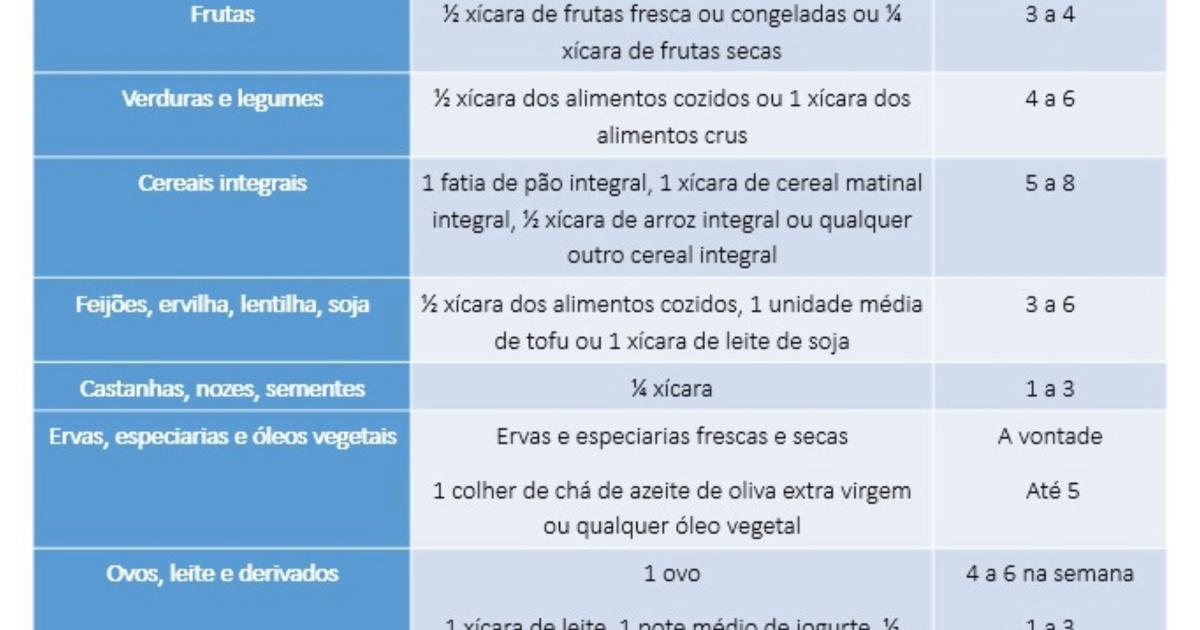Boost Organic Traffic With Content Optimization


The Importance of Content Optimization for Organic Growth
In the ever-evolving world of digital marketing, mastering the art of content optimization has become a crucial strategy for businesses seeking to drive organic traffic to their online platforms. As search engine algorithms continue to prioritize high-quality, relevant, and user-centric content, it's essential for marketers and content creators to understand the principles of effective content optimization.
Content optimization is the process of refining and enhancing your content to improve its visibility, engagement, and overall performance in search engine results. By optimizing your content, you can unlock the full potential of your online assets, attracting a larger audience, increasing conversions, and ultimately, boosting your organic traffic.

In this comprehensive guide, we'll dive deep into the world of content optimization, exploring strategies, best practices, and real-world examples that will empower you to transform your content into a powerful driver of organic growth.
Understanding the Fundamentals of Content Optimization
Before we delve into the actionable steps, it's essential to establish a solid understanding of the core principles that underpin effective content optimization.
Keyword Research and Targeting
The foundation of any successful content optimization strategy lies in thorough keyword research. By identifying the right keywords and phrases that your target audience is actively searching for, you can ensure that your content aligns with their interests and intent.

Effective keyword research involves understanding user search patterns, analyzing competitor strategies, and leveraging tools like Google Keyword Planner, SEMrush, or Ahrefs to uncover valuable insights. By targeting the right keywords, you can improve your content's discoverability and position your brand as a trusted authority in your industry.
On-Page Optimization
On-page optimization refers to the process of optimizing individual web pages to enhance their visibility and relevance in search engine results. This includes elements such as:
- Title Tags: Crafting compelling and keyword-rich titles that accurately represent the content.
- Meta Descriptions: Crafting enticing meta descriptions that encourage click-throughs from search results.
- Headings and Subheadings: Structuring your content with clear, keyword-optimized headings to improve scannability and hierarchy.
- Content Quality and Relevance: Ensuring your content is high-quality, informative, and directly addresses the user's search intent.
- Image Optimization: Optimizing images with relevant alt text and file names to improve visual search engine visibility.

By meticulously optimizing these on-page elements, you can significantly enhance your content's discoverability and improve its chances of ranking higher in search engine results.
Technical SEO Considerations
While on-page optimization focuses on the content itself, technical SEO ensures that your website's underlying infrastructure is optimized for search engine crawlers and visitors. This includes aspects such as:
- Site Speed: Optimizing your website's loading speed to provide a seamless user experience and improve search engine rankings.
- Mobile Responsiveness: Ensuring your content is easily accessible and engaging on mobile devices, as search engines prioritize mobile-friendly websites.
- Structured Data: Implementing schema markup to provide search engines with additional context about your content, which can enhance its visibility in search results.
- Crawlability and Indexability: Ensuring your website is easily navigable and accessible to search engine bots, allowing them to efficiently index your content.

By addressing these technical SEO factors, you can create a strong foundation for your content optimization efforts, further improving your chances of achieving higher search engine rankings and increased organic traffic.
Crafting Compelling and Optimized Content
With a solid understanding of the fundamentals, let's dive into the process of creating content that is both engaging and optimized for search engines.
Conducting Thorough Keyword Research
Effective keyword research is the backbone of any successful content optimization strategy. Begin by identifying the core topics and themes relevant to your business and target audience. Use tools like Google Keyword Planner, Ahrefs, or SEMrush to uncover relevant keywords, their search volumes, and competitive landscape.

When conducting your keyword research, consider the following:
- User Intent: Understand the different types of user intent, such as informational, navigational, or transactional, and tailor your content accordingly.
- Long-Tail Keywords: Focus on longer, more specific keywords that often have lower competition but higher relevance to your target audience.
- Competitor Analysis: Analyze your competitors' content strategies to identify opportunities for unique and valuable content creation.
By aligning your content with the right keywords and search intent, you can significantly improve your chances of ranking higher in search results and attracting the right audience.
Crafting Captivating Titles and Meta Descriptions
The title and meta description of your content play a crucial role in attracting users from search engine results pages (SERPs). Craft compelling, keyword-rich titles that accurately reflect the content and compel users to click.

For meta descriptions, focus on creating concise, engaging summaries that highlight the key benefits or takeaways of your content. Use your targeted keywords naturally within the meta description to improve its relevance and visibility.
Remember, the title and meta description are often the first touchpoints users have with your content, so it's essential to make a strong, lasting impression.
Structuring Content for Optimal Readability and Engagement
Organizing your content in a clear and intuitive manner is crucial for both search engines and your audience. Utilize headings, subheadings, and bullet points to break up your content into easily digestible sections.

Ensure that your headings (H1, H2, H3) are keyword-optimized and accurately reflect the topic of each section. This not only helps search engines understand the hierarchy and relevance of your content but also enhances the user experience by making it easier for readers to navigate and engage with your content.
Optimizing Images and Visual Elements
Visual content plays a significant role in engaging your audience and improving the overall user experience. When incorporating images, videos, or infographics into your content, be sure to optimize them for search engines.

This includes:
- Utilizing relevant, keyword-rich file names and alt text for your images
- Compressing image files to improve page loading speed
- Ensuring your visuals are mobile-friendly and responsive
By optimizing your visual content, you can enhance its discoverability in image and video search results, as well as improve the overall quality and appeal of your content.
Leveraging Internal and External Linking
Strategic linking, both internal and external, can greatly contribute to the success of your content optimization efforts. Internal linking helps search engines understand the structure and hierarchy of your website, while external linking to authoritative sources can improve the credibility and trustworthiness of your content.

When implementing linking strategies, consider the following best practices:
- Use relevant, keyword-rich anchor text for your internal links
- Link to high-quality, reputable external sources that add value to your content
- Ensure your links are working and lead to relevant, up-to-date content
By incorporating effective linking strategies, you can enhance the user experience, improve the flow of your content, and signal to search engines the importance and relevance of your pages.
Ongoing Content Optimization and Maintenance
Content optimization is an ongoing process, and maintaining the quality and relevance of your content is crucial for sustained organic growth.
Regularly Updating and Refreshing Content
Search engines favor fresh, up-to-date content, so it's essential to regularly review and update your existing content. This may involve:
- Updating statistics, facts, and figures to ensure the information is current
- Revisiting and revising outdated content to keep it relevant
- Expanding on existing content to provide more comprehensive and valuable information

By keeping your content fresh and relevant, you can improve its performance in search engine rankings and provide your audience with the most up-to-date and valuable information.
Analyzing and Optimizing Content Performance
Continuously monitoring and analyzing the performance of your content is a critical aspect of the optimization process. Utilize tools like Google Analytics, Search Console, or specialized SEO platforms to gather insights on metrics such as:
- Traffic and Engagement: Understand which content pieces are resonating with your audience and driving the most traffic.
- Bounce Rates and Time on Page: Identify content that may require further optimization to improve user engagement.
- Conversion Rates: Analyze how your content is contributing to desired outcomes, such as lead generation or sales.

Armed with these insights, you can make informed decisions about which content to further optimize, update, or even remove from your website. Continuously refining your content based on data-driven analysis will help you achieve optimal results and drive sustainable organic growth.
Leveraging Feedback and User Signals
In addition to performance data, pay close attention to user feedback and signals to guide your content optimization efforts. This can include:
- User Comments and Engagement: Monitor user comments, questions, and feedback to identify areas for improvement or new content opportunities.
- Social Shares and Interactions: Analyze which content pieces are resonating most with your audience on social media platforms.
- Surveys and User Interviews: Gather direct feedback from your target audience to better understand their preferences and pain points.

By incorporating user insights into your content optimization strategy, you can ensure that your content remains relevant, valuable, and aligned with the needs and expectations of your audience.
Conclusion: Unlock the Power of Content Optimization
In the dynamic world of digital marketing, content optimization has emerged as a strategic imperative for businesses seeking to drive sustainable organic growth. By mastering the art of content optimization, you can elevate your online presence, increase your visibility in search engine results, and captivate your target audience with engaging, relevant, and high-performing content.
Remember, content optimization is an ongoing process that requires continuous refinement, testing, and adaptation. By embracing a data-driven, user-centric approach and implementing the strategies outlined in this comprehensive guide, you can unlock the full potential of your content and pave the way for long-term organic success.
Are You Crushing It in Internet Marketing?
Struggling to boost your online visibility and traffic? Semrush is the ultimate platform for digital marketers like you. With powerful SEO tools and competitive data insights, you can optimize your website, content, and campaigns for maximum impact.
Join over 7 million marketers already using Semrush to outrank their competitors, drive more qualified leads, and grow their businesses online. Get started today with a 7-day free trial, and unlock the full potential of your internet marketing strategy.
Unlock the Power of SEO with Semrush
Are you struggling to boost your online visibility and drive more traffic to your website? Semrush has the solution.
Our comprehensive platform offers advanced keyword research, competitor analysis, and SEO audits, empowering you to optimize your content and outrank your competition.